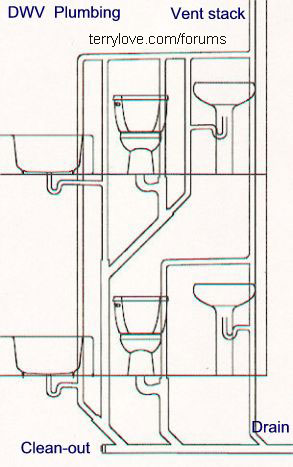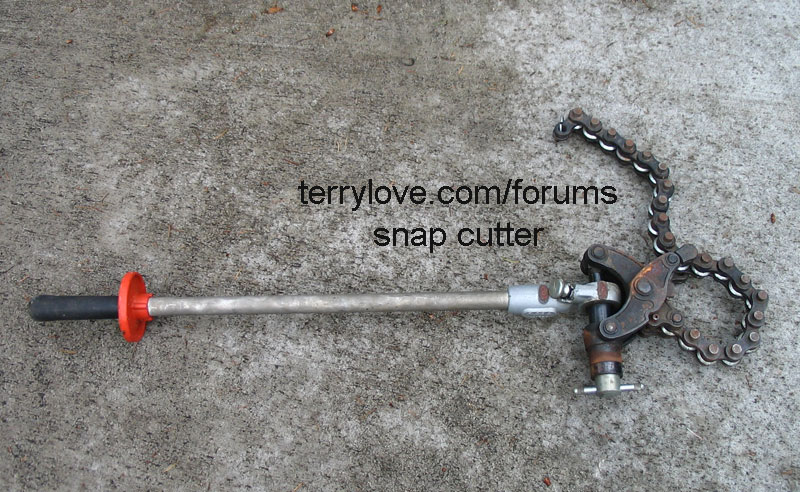Now that I have pictures, I can see better.
That studor vent (AAV) will help with the washer line.
Good job with that. I see that you used 2", which is code for that.
Darn, it's looks pretty good for your first try.
What I don't like is two fixtures on the one trap arm.
If you had cut the cast iron, it would have been pretty easy to have two tees.
The lower one could have been for the washer, and the upper one for the laundry tray.
That way, the upper laundry tray would have the 2" vent going up,
and the lower tee would have supplied the washer that uses the studor vent.
I know that sounds major, but cutting cast is not really that hard.
I sometimes use a 618 sawzall blade, but most often I use a snap cutter for the cast. Snap cutters can be rented.
If you were to ask, will this work the way it is?
I would guess that it would. What you are worried about is whether the trap on the tub siphons or not, that should be easy to see by looking down that drain.
By running the washer water past the tub drain, without the seperation of a vent, that is the risk.
I don't think that is the problem with the tub filling though. You may have a blocked line that needs snaking.
Plumbing tips:
Plastic pipe can be supported every four feet, if that's a concrete wall, you may need a rotohammer for that.
The Laundry tub could have been trapped with a 1.5" p-trap, but the 2" will work nice too.







